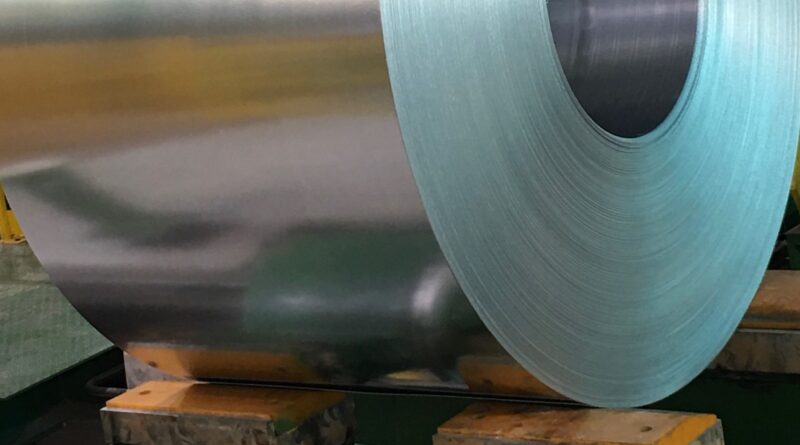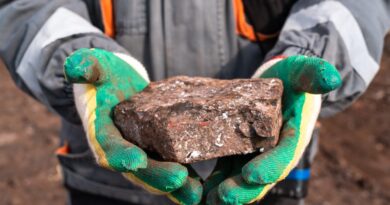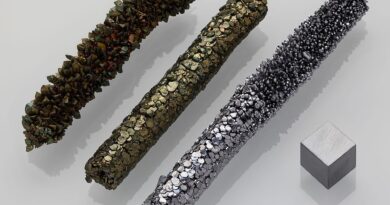Voestalpine sets new standards in automotive lightweight steel
Austrian steel maker voestalpine, which invented LD process of steel making in 1949, has set new standards in automotive lightweight construction in recent decades. When the idea of developing an ultra light, corrosion-resistant, yet high strength super steel was first raised almost 20 years ago, it was considered to have little chance of success yet not long ago, the 300 millionth phs component rolled off the production line.
And most recently, the voestalpine invention that is now standard in modern car bodies was approved for series production by the world’s largest car manufacturer. Voestalpine AG CEO Mr Herbert Eibensteiner said “The only way to maintain a technological and competitive edge in this environment is to constantly push the limits of what is possible. Voestalpine succeeded in doing just two decades ago with steel innovations such as phs ultraform, a hot dip galvanized, ultra high strength steel for lightweight body parts that still holds a worldwide patent. Ground breaking developments like phs-ultraform have made a significant contribution in recent years. Voestalpine now generates more than 30 percent of its sales in the automotive sector and is considered an innovation leader among suppliers.”
The idea for phs ultraform, press hardening steel, was born in 2002. In 2003, the voestalpine research and development team started the first series of tests. The breakthrough came five years later, and the first major orders from the automotive industry were received in 2008. In 2016, voestalpine became the first manufacturer in the world to set up a plant for a direct production process to supplement the previous indirect process.
This made it possible to manufacture in just one process step, which is ideal for simpler components in smaller quantities. Research and development play a central role in this context. To date, around EUR 30 million has been invested in the development of phs-ultraform alone. In the current business year, the Group has budgeted EUR 185 million for R&D.
Today, there is a bit of voestalpine in most vehicles, from small cars to SUVs to luxury cars, both electric and fuel-based. For years, the automotive industry has been demanding materials that are stronger, lighter, more corrosion-resistant and economic to produce.
Today, phs-ultraform is a standard material in car bodies. Depending on the type and manufacturer of the car, voestalpine steel makes up ten percent (standard car) to 30 percent (premium car) of the car body. Voestalpine supplies all renowned European automobile manufacturers and their suppliers.
The recent approval from the world’s largest car manufacturer for series production marked another milestone in the company’s success story. The voestalpine Group not only supplies the basic material special steel strip from the Steel Division in Linz, the Metal Forming Division’s automotive companies process it into finished automotive parts.
With phs plants in China, the USA, and Germany, voestalpine is excellently positioned in the most important markets. The 15th plant worldwide will soon go into operation in China.



